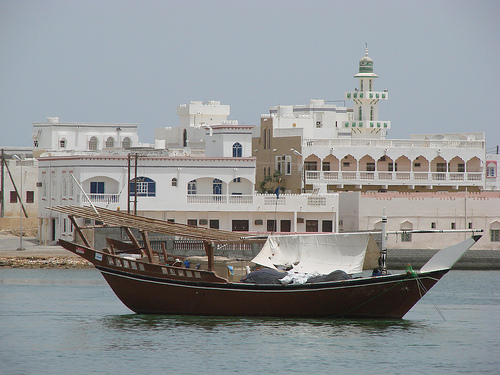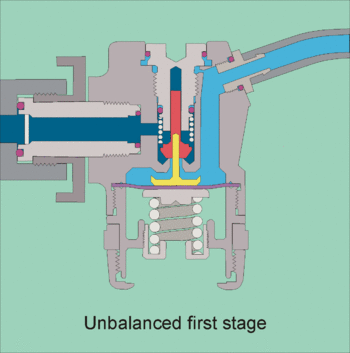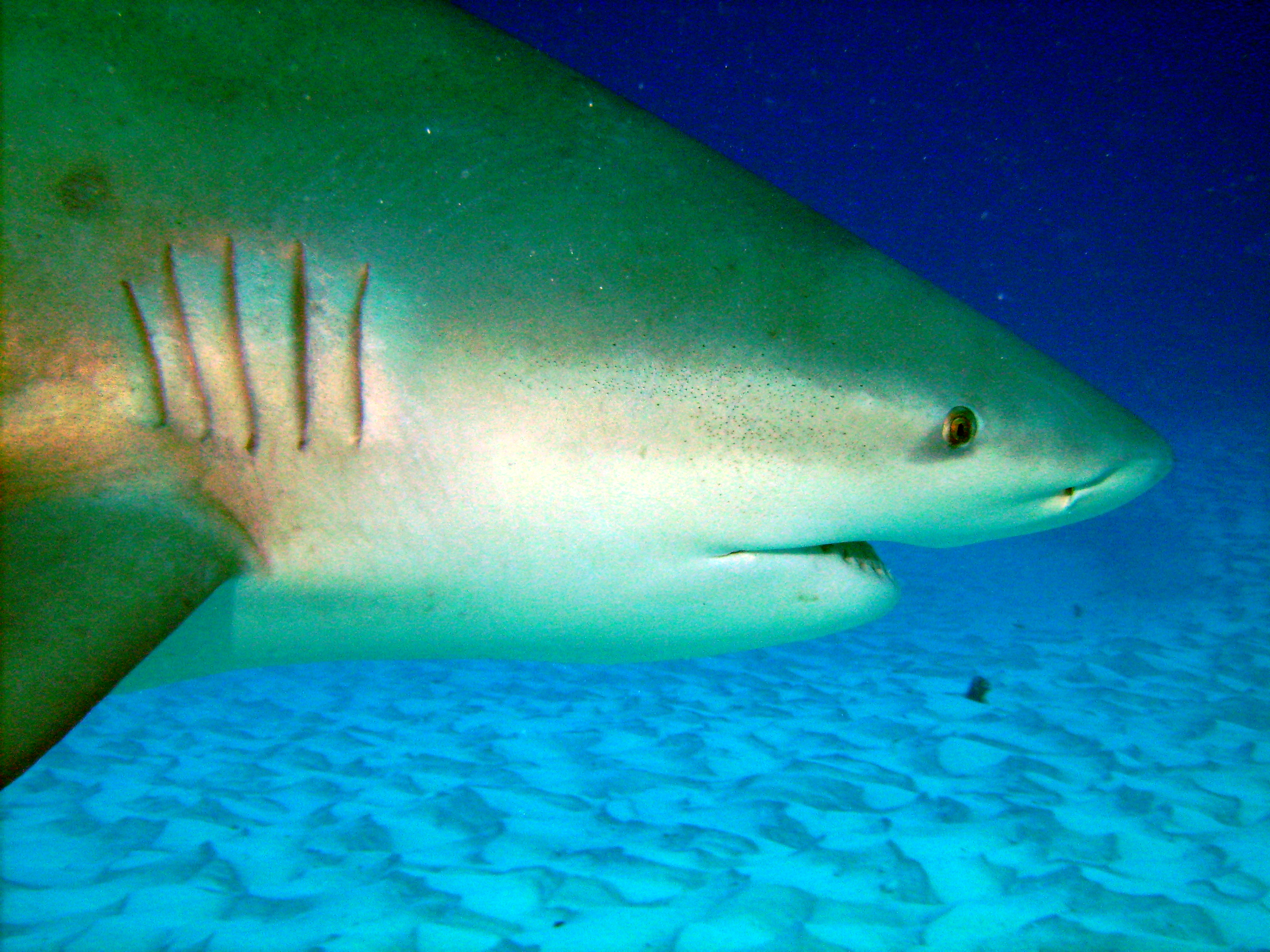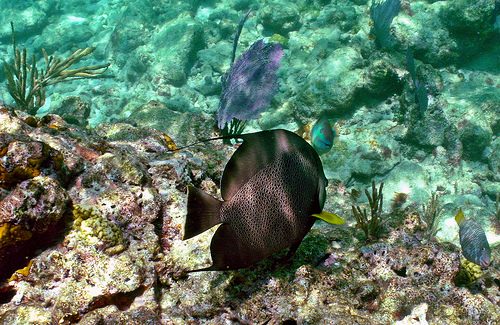
Technorati: 2VB26RCATKF5
Few people in Western countries know much about Oman and even fewer have visited there. Yet, it is a country of great natural beauty, kind and hospitable people and fabulous dive sites.
As a diver, you will probably be spending a lot of time on coastal areas where the temperature climbs quite high in the summer; even so high that you may enjoy your stay in Oman more in the autumn or spring.
Muscat, the capital of the Sultanate of Oman, as the official name of the country goes, is a good place to start your visit. There are several dive operators in the Muscat and a plenty of non-diving activities available as well.
Some of the most spectacular dive sites near Muscat are around the Ad Dimaniyat Islands. There is a plenty of marine life and dive sites, Three Sisters and Police Run sites in particular are abounded with turtles and honeycomb moray eels. Quite many species are unique to this part of the world. If you dive there during October or November you can expect water to be at cozy 30 degrees Celsius or about 86 degrees Fahrenheit and excellent visibility.
Land-side, you will find that most people speak English and that the country’s infrastructure and services are well-organized. This applies also to the dive industry even though there are some cautionary tales.
Many visitors to the country find the Omani conservative in their values and customs, yet very open-minded towards other people’s views and behaviours. Still, learning about local customs and respecting them pays off in Oman just like in any other country.












